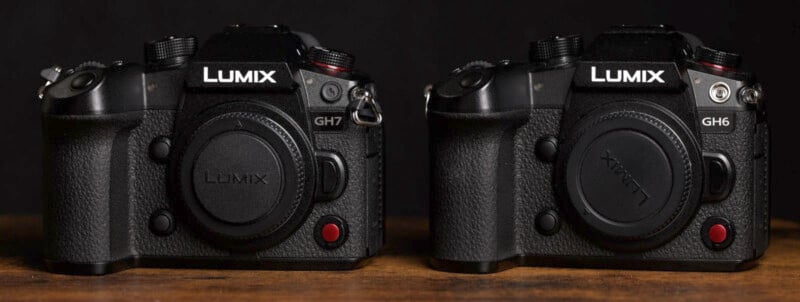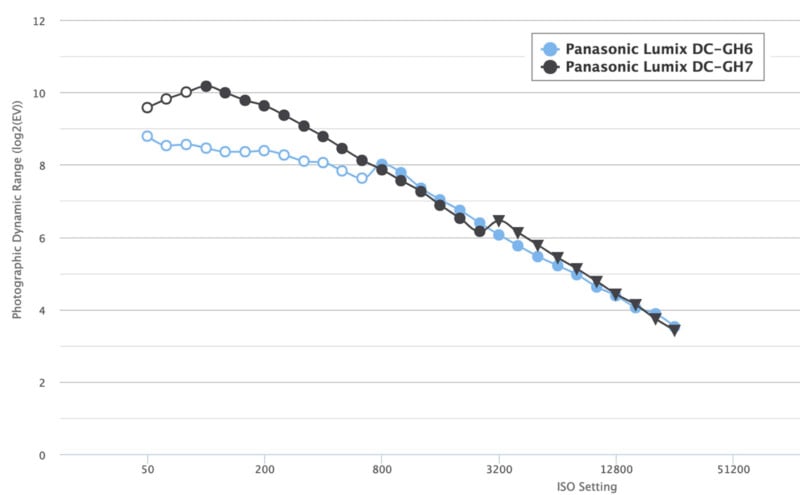![]()
Expert testing shows that the Panasonic Lumix GH7 camera delivers significantly improved dynamic range performance at low ISOs compared to its predecessor, which is excellent news for Micro Four Thirds enthusiasts.
There have been quite a few new cameras released so far this year, which means lots of new testing results over at William “Bill” Claff’s fantastic website, Photons to Photos. Claff has added Panasonic’s latest Micro Four Thirds flagship, the Lumix GH7, to his library, and the results are extremely impressive.

Claff’s testing, first spotted by 43 Rumors, shows that while the GH7 is impressive within the context of the overall Micro Four Thirds camera landscape, going toe-to-toe with the OM System OM-1 Mark II, its dynamic range performance is especially noteworthy because of how much better it is than its predecessor, the GH6. While the GH6’s maximum photographic dynamic range (PDR) measured at 8.79, per Claff’s testing, the GH7 tops out at 10.17.

The GH7’s performance is lower than that of the more stills-oriented G9 II (10.54) but better than that of the OM-1 II’s max PDR of 9.69. The GH7 also essentially matches the GH5 Mark II (10.19) while packing an additional five megapixels of resolution on the Micro Four Thirds CMOS image sensor.
The GH7’s relative dynamic range performance advantage over the GH6 is strongest around base ISO, and the gap slowly decreases until about ISO 800 when the two cameras essentially overlap.
The GH7 also performs well compared to non-Micro Four Thirds cameras. Generally, as sensor size increases, so does peak dynamic range performance, as evidenced by the numerous medium-format cameras topping the charts. However, the GH7 is in the mix with some APS-C cameras, mirrorless and DSLR alike, and comparable to many full-frame cameras when used in their APS-C crop modes.
During PetaPixel‘s testing of the Panasonic GH7, there has been a lot to like beyond dynamic range and image quality performance. The camera sports phase-detect autofocus, a first for the Lumix GH series, and offers more video features and modes than the competition. The GH7 has become the primary camera of choice for PetaPixel‘s YouTube channel and helps demonstrate that not only is Micro Four Thirds not a dead format, but it’s a damn good one.
Credits: The dynamic range testing referenced in this article has been performed by William Claff / Photons to Photos
